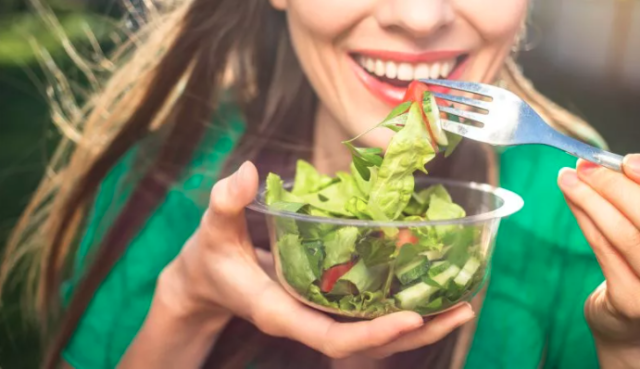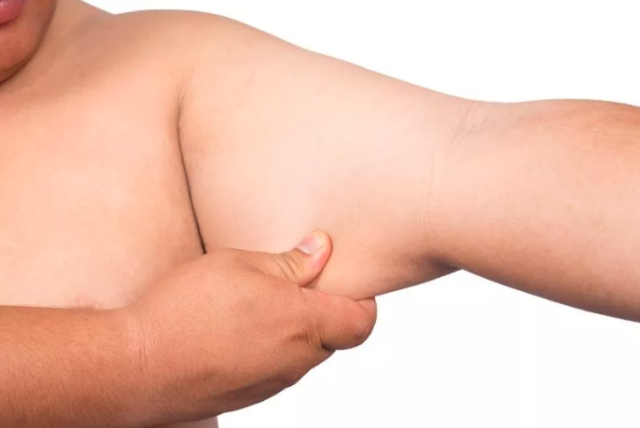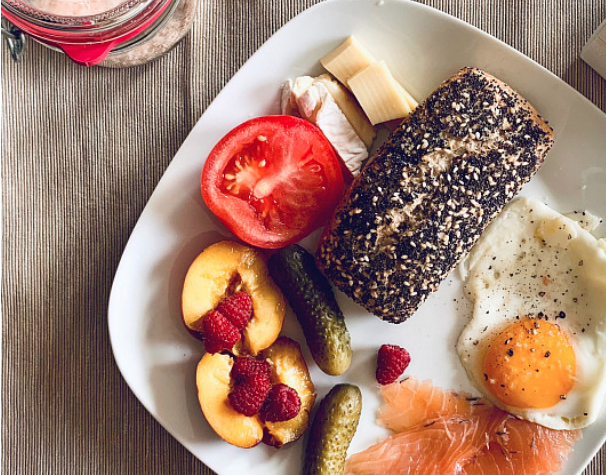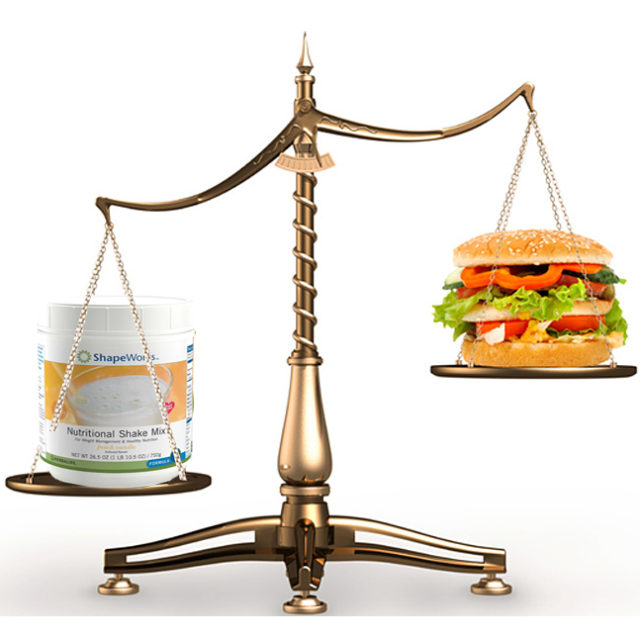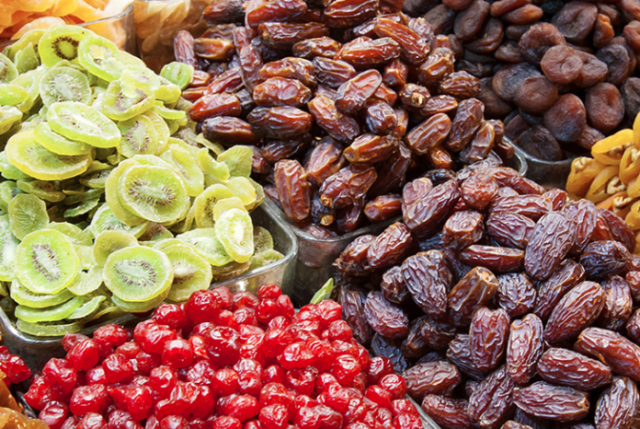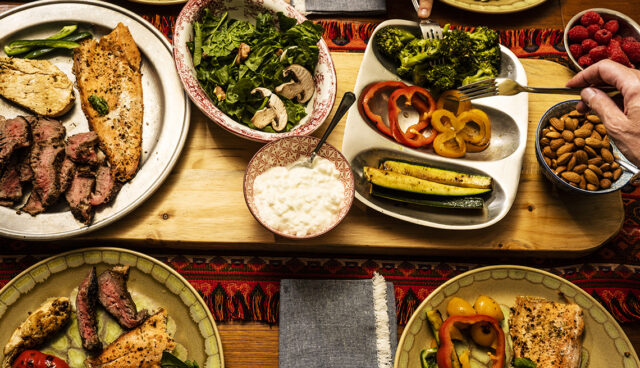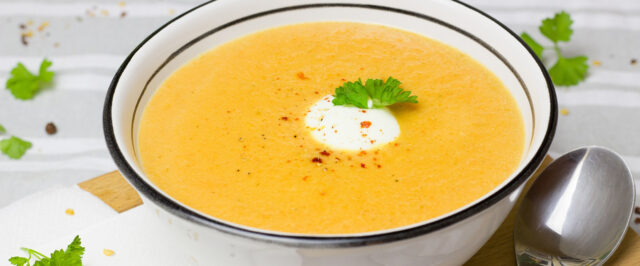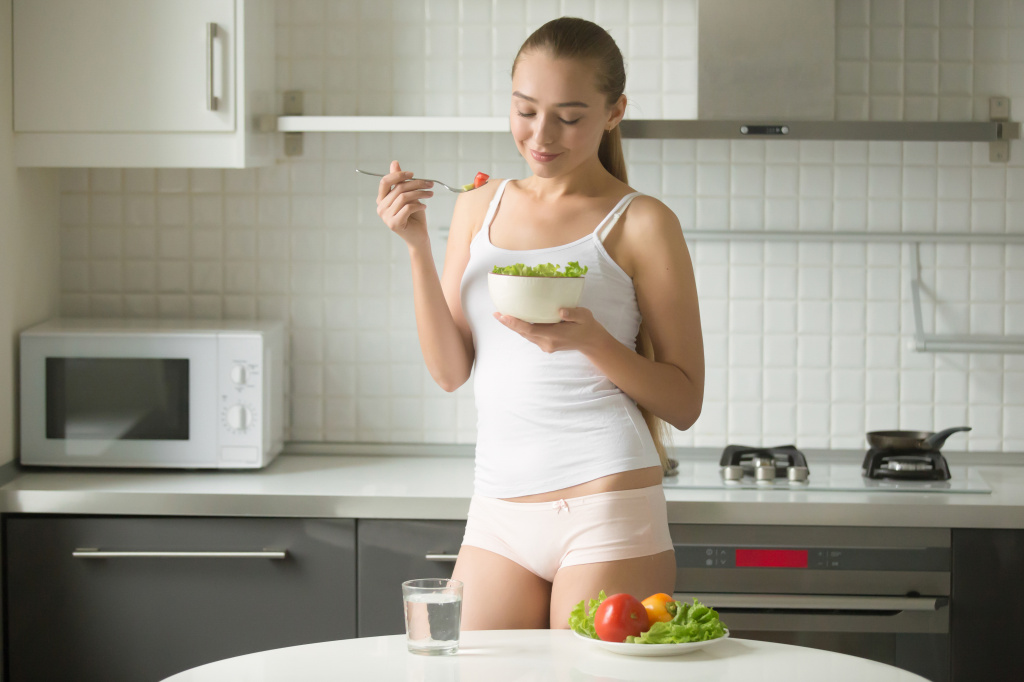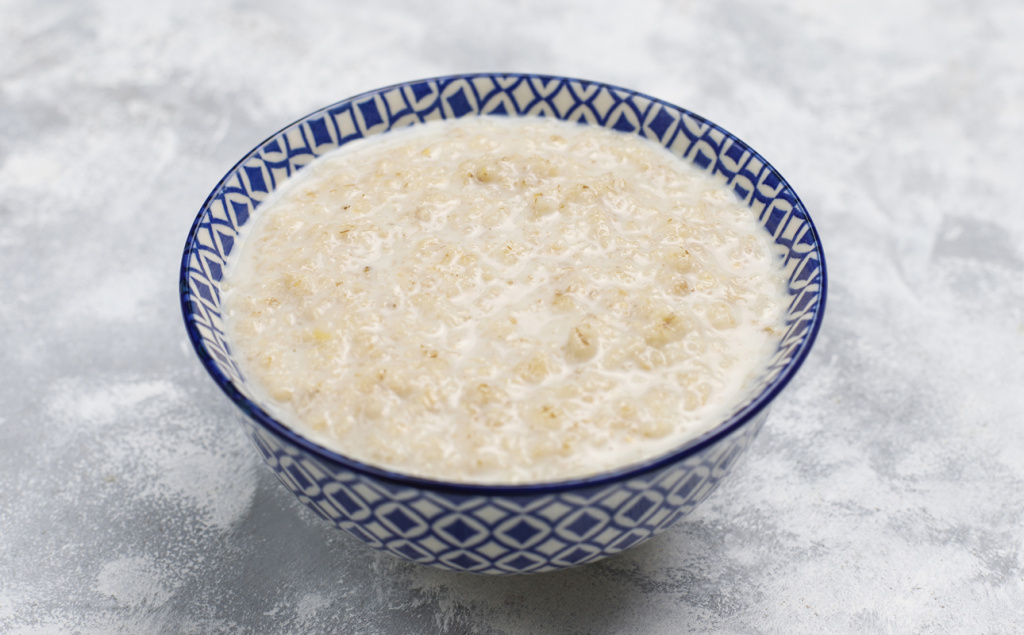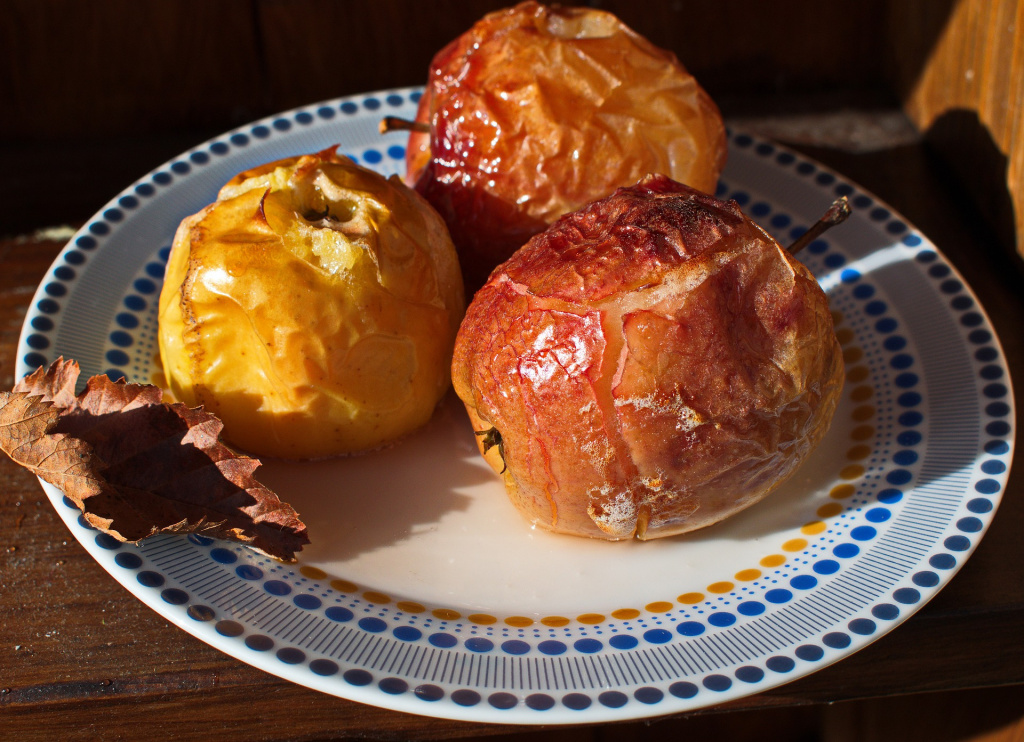Delicious and fresh lemonades: 10 recipes at home
Author: Ola Thomas | Category: Food Facts
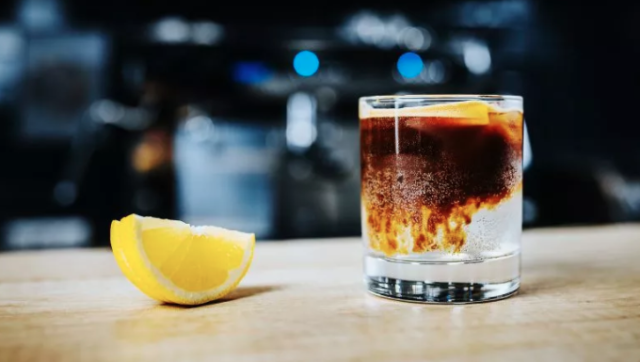
Classic lemonade
Ingredients: two lemons, two tablespoons of sugar, one and a half liters of water, ice.
Wash and slice the lemons, whisk in a blender with sugar, cold water and ice. If you use warm water, the lemon can taste bitter. Stir until smooth. Strain through a sieve, pour into glasses and garnish with lemon wedges, sprigs of mint or basil.
Lemonade with mint and lime
Ingredients: liter of water, lime, mint sprigs, sugar to taste, ice.
Squeeze lime juice, mix in a blender with mint, sugar. Dilute with water, add ice, pour in portions.
Lavender lemonade
Ingredients: three lemons, dried lavender flowers, two tablespoons of sugar, water.
Pour two cups of water into a saucepan, add sugar and lavender. Simmer over medium heat until boiling, reduce heat to low, simmer for another 5 minutes. Remove the lemonade from heat, cover and let sit for an hour. Strain into a separate bowl, squeeze lemon juice there. Add remaining water, stir. Pour into a jug, add ice, remove to cool in the refrigerator.
Mango lemonade
Ingredients: two mangoes, half a tablespoon of syrup, five lemons, a liter of kombucha or soda water.
Squeeze lemon juice, chop mango, chop until puree. Mix everything in a blender with the syrup until smooth. Pour into a container and refrigerate. Then pour in portions, add ice and kombuchi.
Green tea lemonade
Ingredients: three lemons, a liter of green tea, mint, water.
Pour the tea into a jug, squeeze out the lemon juice, add the mint leaves and water. Refrigerate for 30-40 minutes, until completely cooled. Pour into glasses, add ice cubes, mint leaves.
Basil lemonade
Ingredients: lemon, a bunch of purple basil, a spoonful of sugar, two liters of water, ice.
Cut the lemon into slices, separate the basil leaves. Boil water, add leaves, lemon and sugar. Bring to a boil again, remove from heat and leave covered for 10 minutes. Take out the lemon, leave for half an hour. Strain the lemonade, cool, pour into glasses. Add ice cubes to each.
Watermelon lemonade
Ingredients: two lemons, a glass of mint, two tablespoons of sugar, pieces of watermelon.
Divide the lemons into slices, squeeze the juice into a container, remove the slices there. Add mint leaves and sugar, stir until the latter melts. Beat the watermelon with a blender until puree, strain the juice, add to the common jug. Refrigerate for a couple of hours. Serve with ice cubes.
Strawberry lemonade
Ingredients: fresh strawberries, a liter of water, four lemons, half a teaspoon of sweetener.
Squeeze lemon juice, cut strawberries into small wedges. Add water, lemon juice, and sweetener to a large bowl, to taste, so it doesn’t taste too sweet. Add chopped strawberries and ice. Grind the drink in a blender if desired, or leave it there with strawberry chunks.
Coffee lemonade
Ingredients: water, two lemons, cold coffee, two tablespoons of sugar, tonic, crushed ice.
Add sugar, lemon zest to a small saucepan, cover with water. Bring to a boil to dissolve the sugar. Squeeze a tablespoon of lemon juice, pour cold coffee and tonic into a saucepan. Refrigerate. Serve over ice and garnish with lemon slices.
Combine honey and water in a small saucepan. Leave on medium heat, stirring constantly, until the honey dissolves. Squeeze the juice from the grapefruit and lemons, leaving a few citrus wedges. Mix the drink from the saucepan along with the citrus juice. Transfer to a large container or pitcher and stir. Add the pre-set citrus wedges.
Grapefruit lemonade
Ingredients: three lemons, two grapefruits, half a spoonful of honey, a few glasses of water.
Combine honey and water in a small saucepan. Leave on medium heat, stirring constantly, until the honey dissolves. Squeeze the juice from the grapefruit and lemons, leaving a few citrus wedges. Mix the drink from the saucepan along with the citrus juice. Transfer to a large container or pitcher and stir. Add the pre-set citrus wedges.
07 Jul 2021

